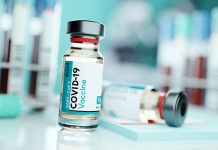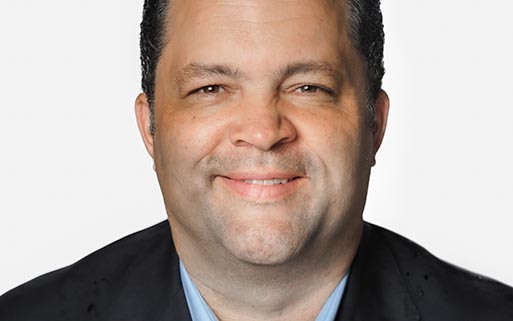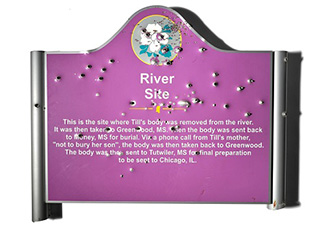Every week, we get a reminder in King County that tuberculosis (TB) not only lingers among us, but is a constant danger. Last year, 114 residents were diagnosed and treated for active TB – an average of more than two per week. Another 100,000 residents are infected with TB, but the microbe lies dormant.
In fact, about a third of the world’s population is infected with TB, but most are unaware. As a crossroads for global trade and migration, the greater Seattle area also has higher rates of TB infection than the national average.
Newly released data for 2013 show a slight uptick in TB locally. Still, the disease rates are near an all-time low and reflect a longer trend of keeping TB under control.
“It’s our mission to identify and ensure treatment of every single case of active TB in King County. That’s the only way to protect the public from an outbreak, as well as save the lives of those who became infected,” said Dr. David Fleming, Director and Health Officer for Public Health – Seattle & King County.
Tuberculosis can be treated and cured using antibiotics. Since the 1960s, it has become an uncommon disease in the United States. But outbreaks remain a constant threat because it’s so widespread around the world.
Some key facts about TB:
• 114 cases of active TB reported in King County in 2013, which equals a rate of 5.8 per 100,000 residents (compared to 108 cases and a rate of 5.5 in 2012).
• 84 percent of infected individuals were born outside of the United States. Of these individuals, half came from three countries: India, the Philippines, and Somalia.
• TB disease (active TB) often leads to persistent cough, fever and weight loss. If the disease is in someone’s lungs, they can give the disease to others through coughing.
• Untreated TB is often fatal, typically by causing lung failure
• Treatment requires a combination of antibiotics over the course of six-to-nine months. Medications are usually effective.
• Drug-resistant TB has emerged as a new threat on the horizon. Once the pathogen has evolved resistance to the front-line antibiotics, a patient must take a combination of second-line drugs that often cause serious side-effects. Treatment of a single case can cost $100,000-$200,000
• In King County, 18 percent of people treated in 2013 were resistant to one of the TB drugs. There were no local cases of Multi-Drug Resistant (MDR) TB in 2013. So far, this year, one local person is currently under treatment for MDR-TB, and approximately 5 percent of global TB cases are now MDR.
The last outbreak of TB in King County spread in the homeless population from 2002-2003.
“We continue to feel the impact of the global TB epidemic and indeed our rates remain nearly double the national average. It is challenging both to manage drug-resistant TB and to ensure all patients complete their treatment,” said Dr. Masa Narita, TB Control Officer for Public Health.















